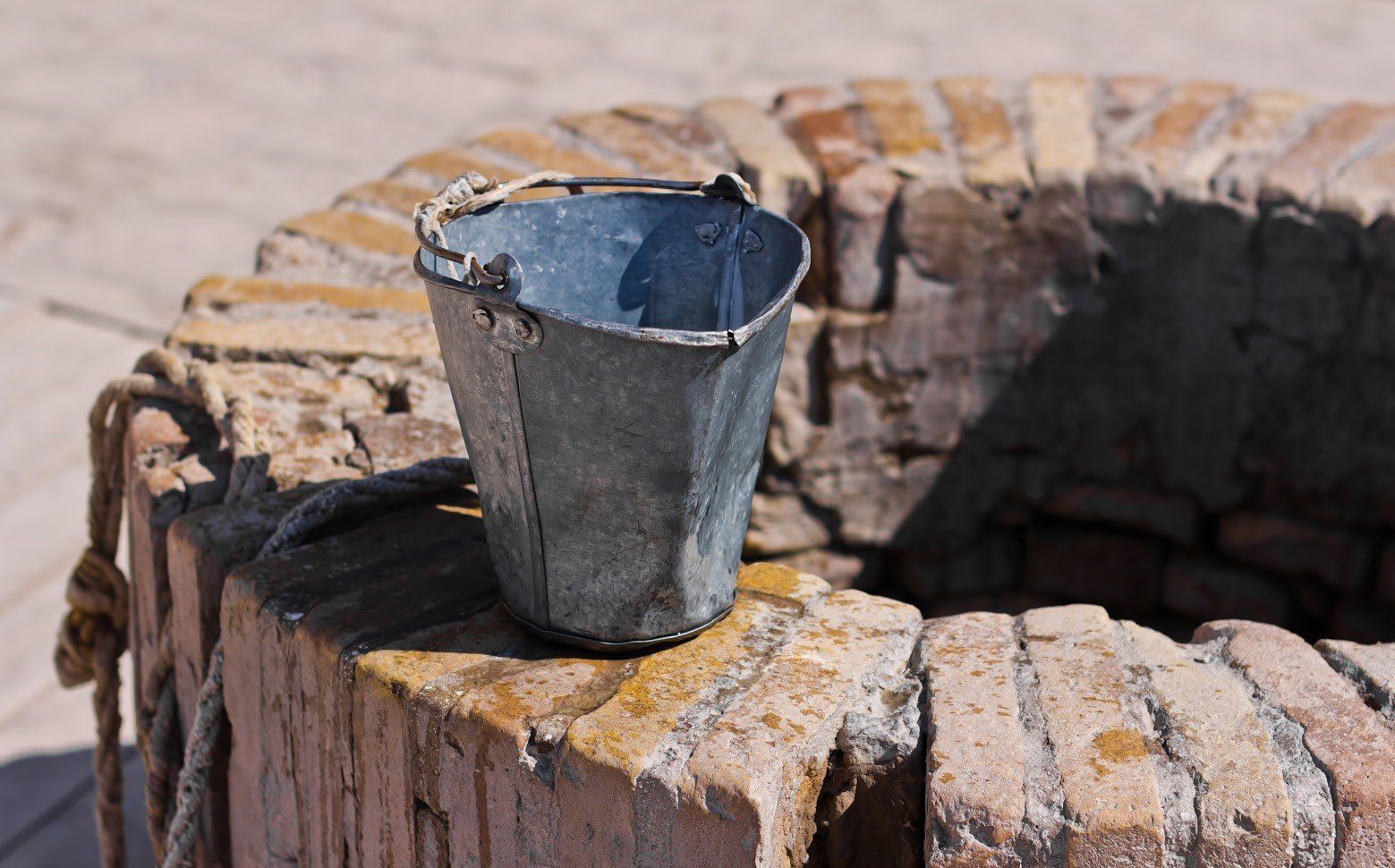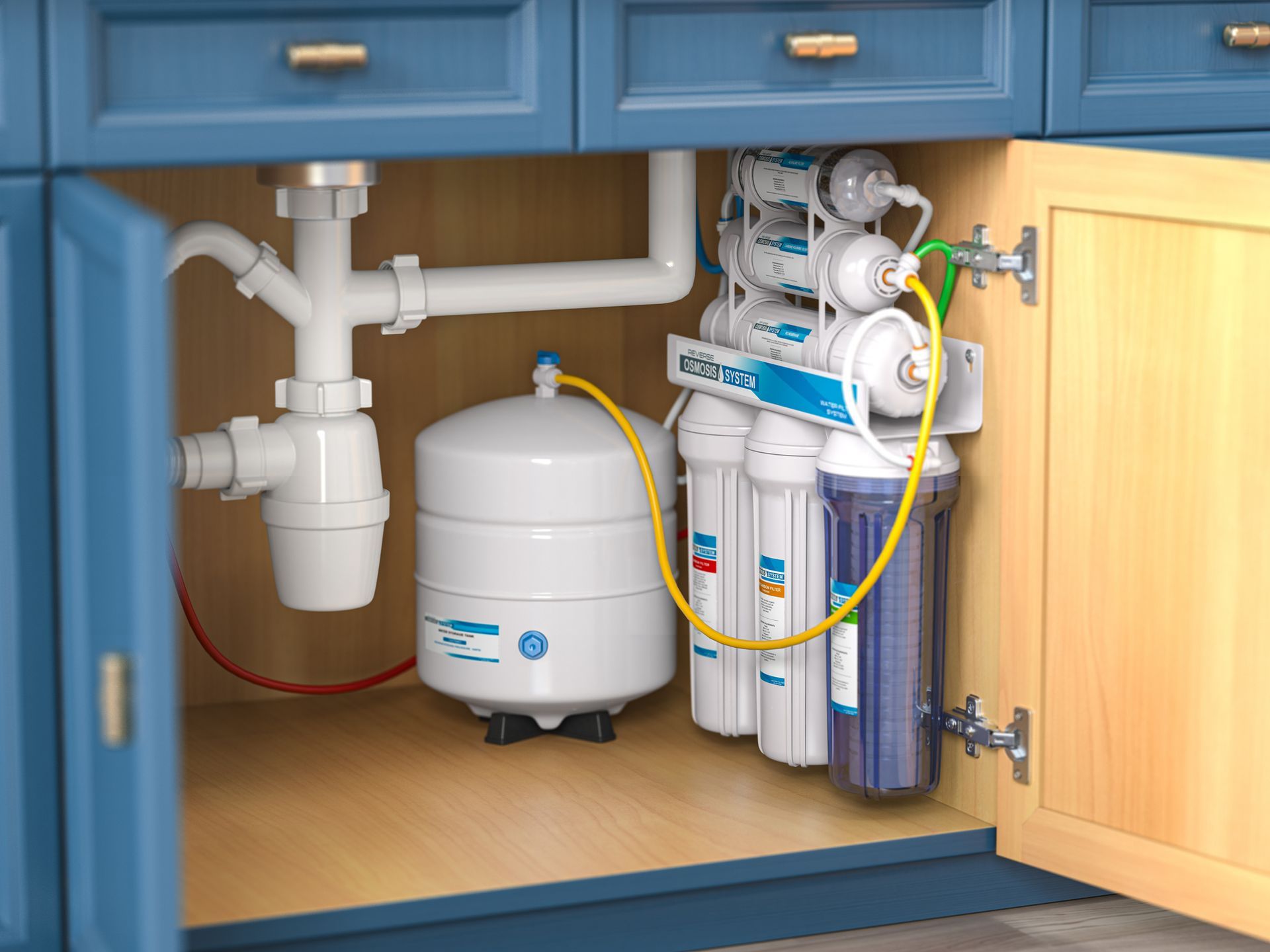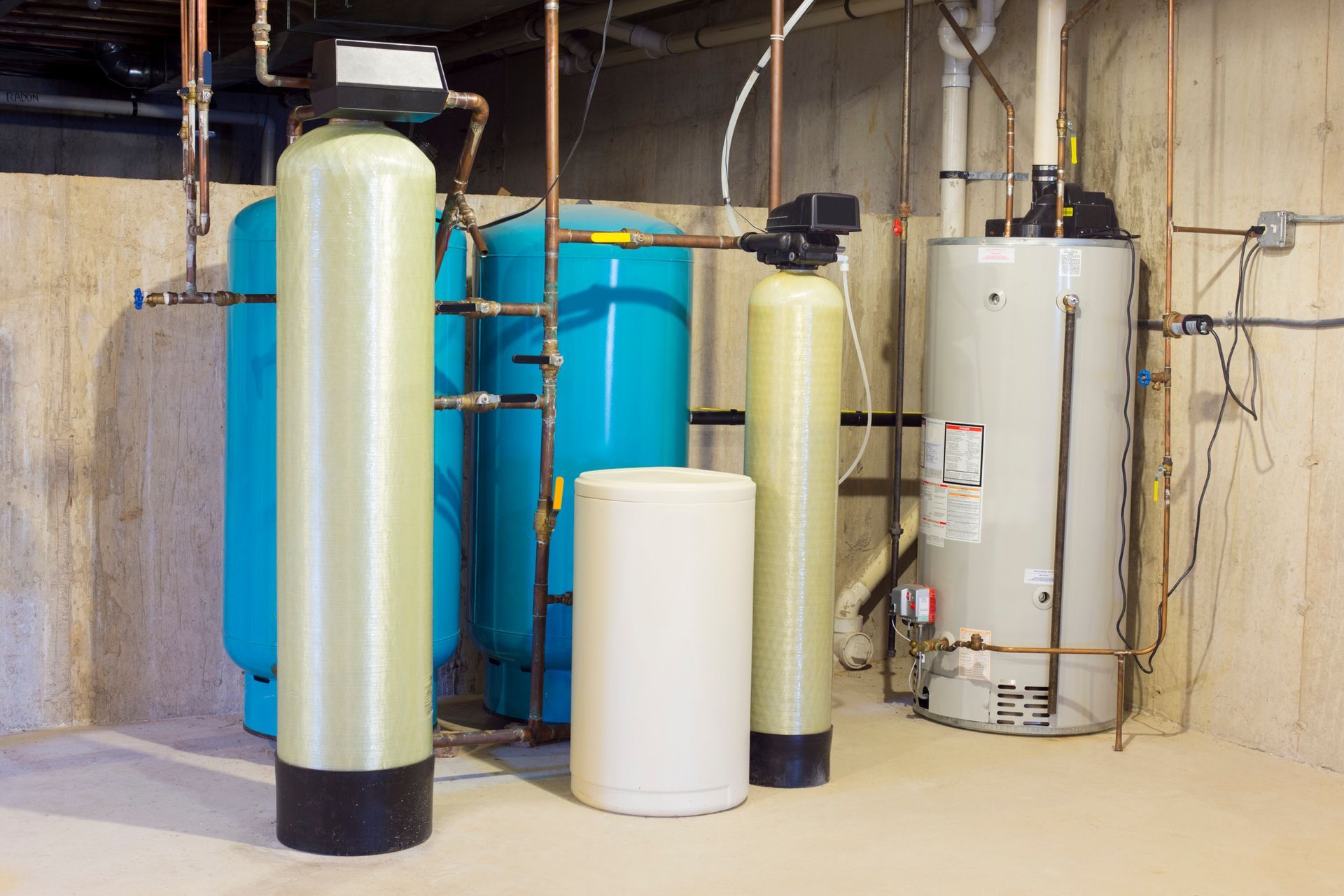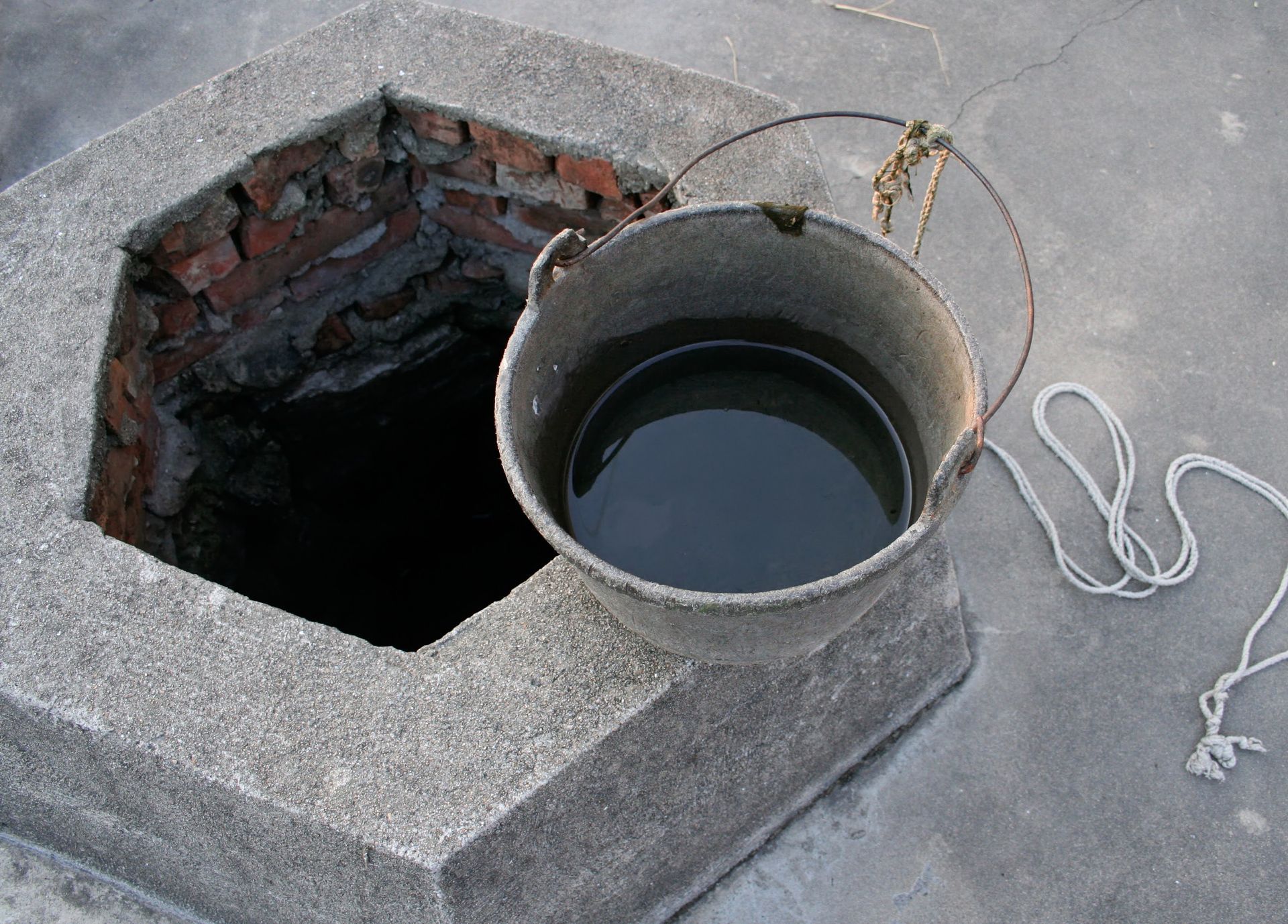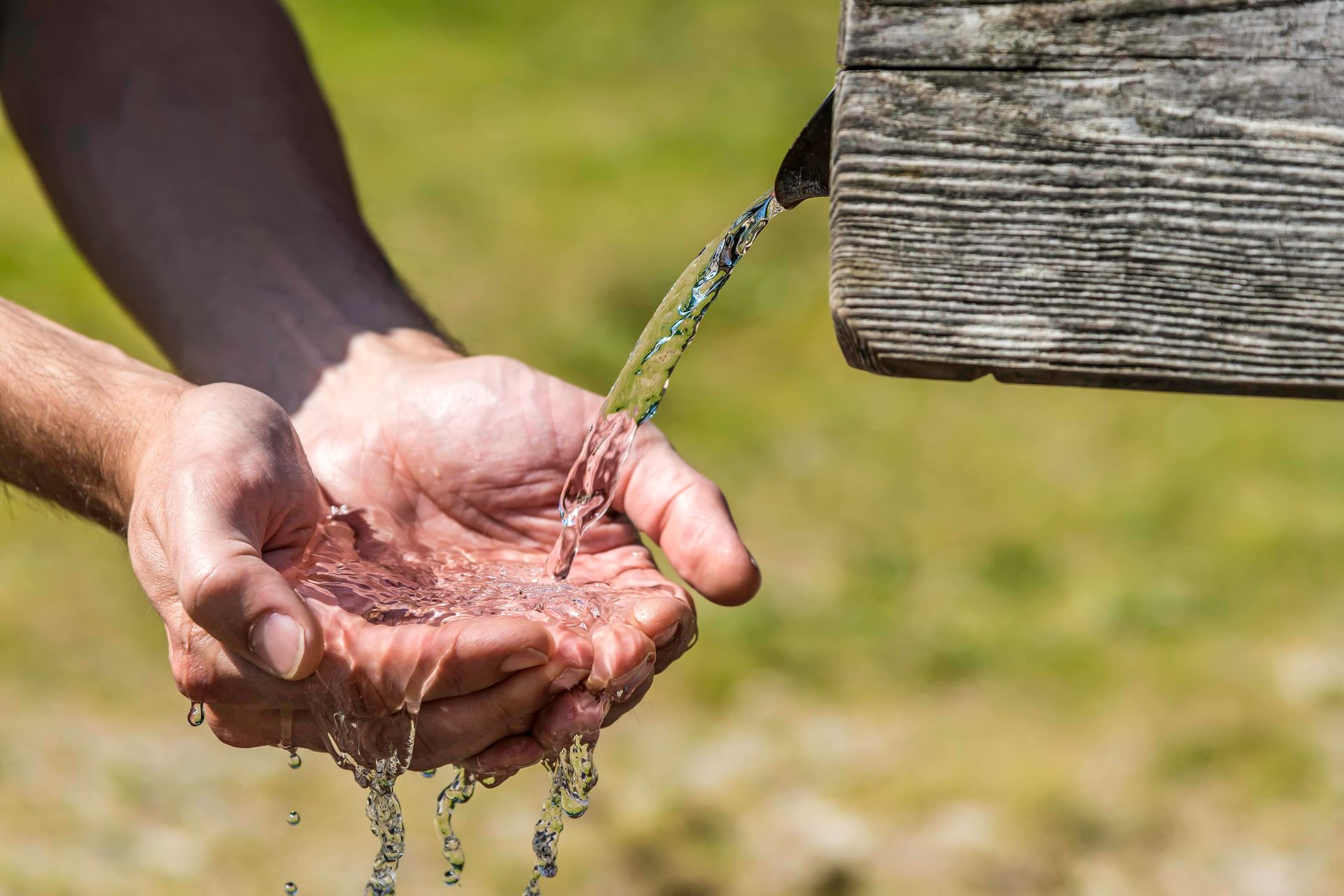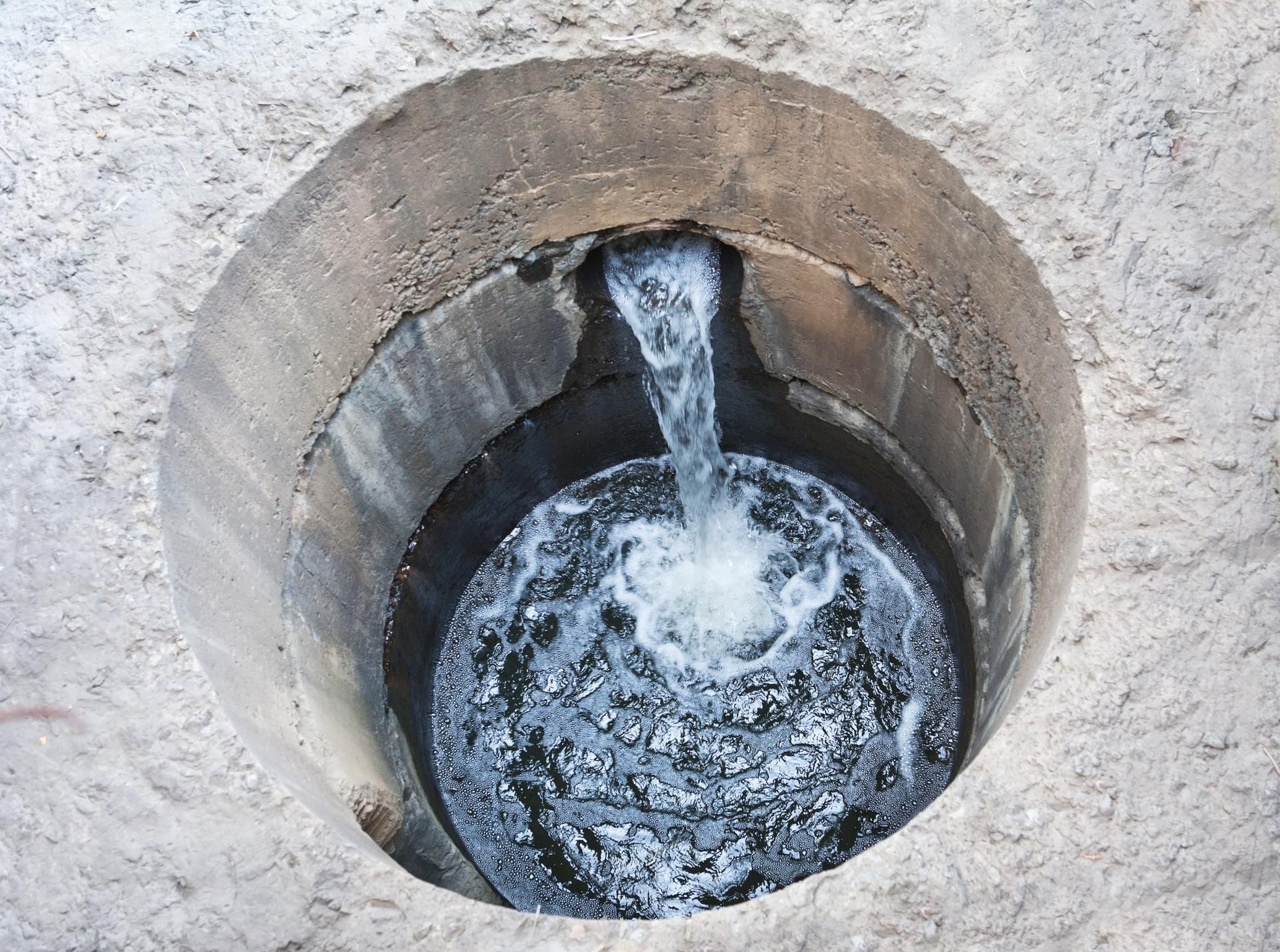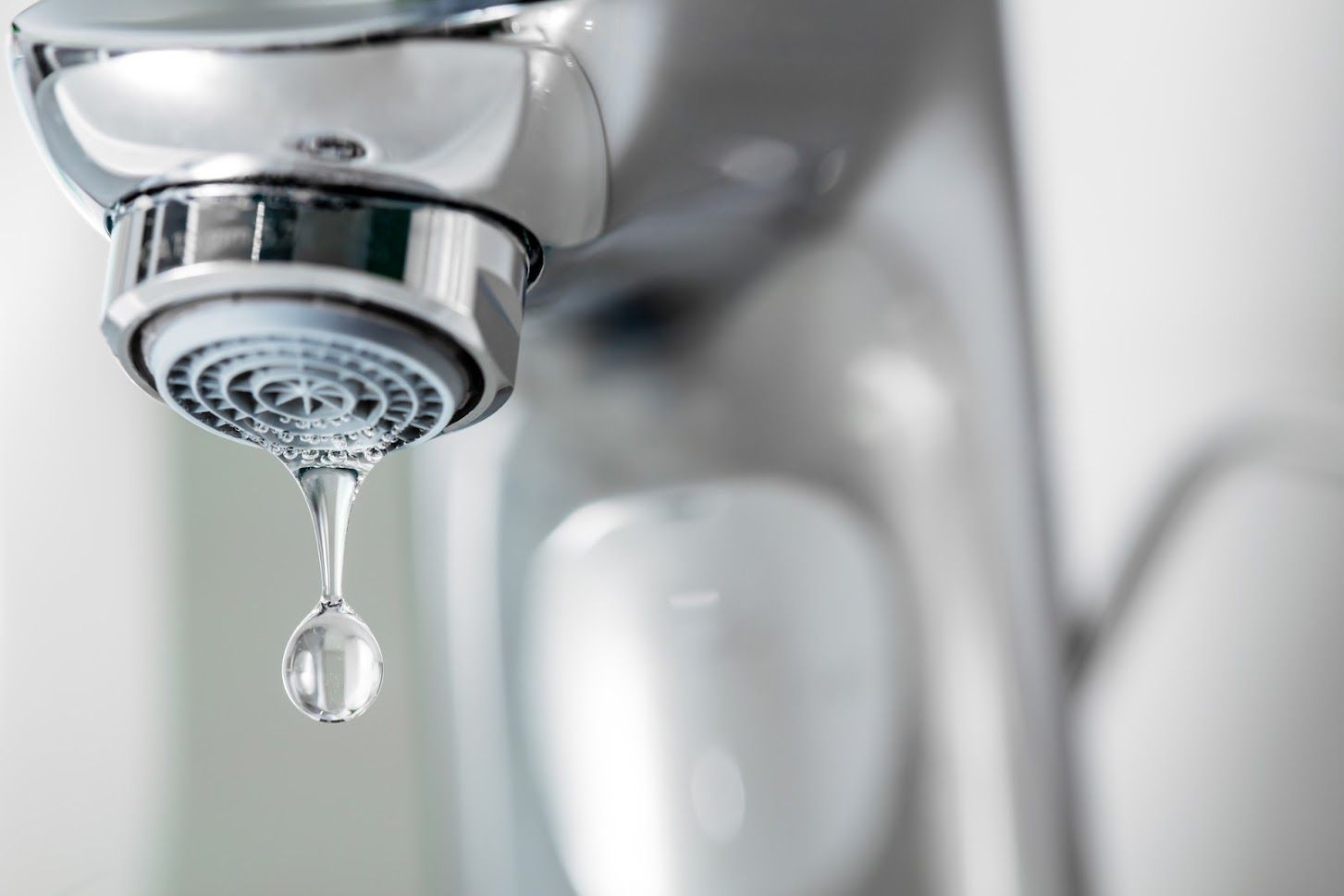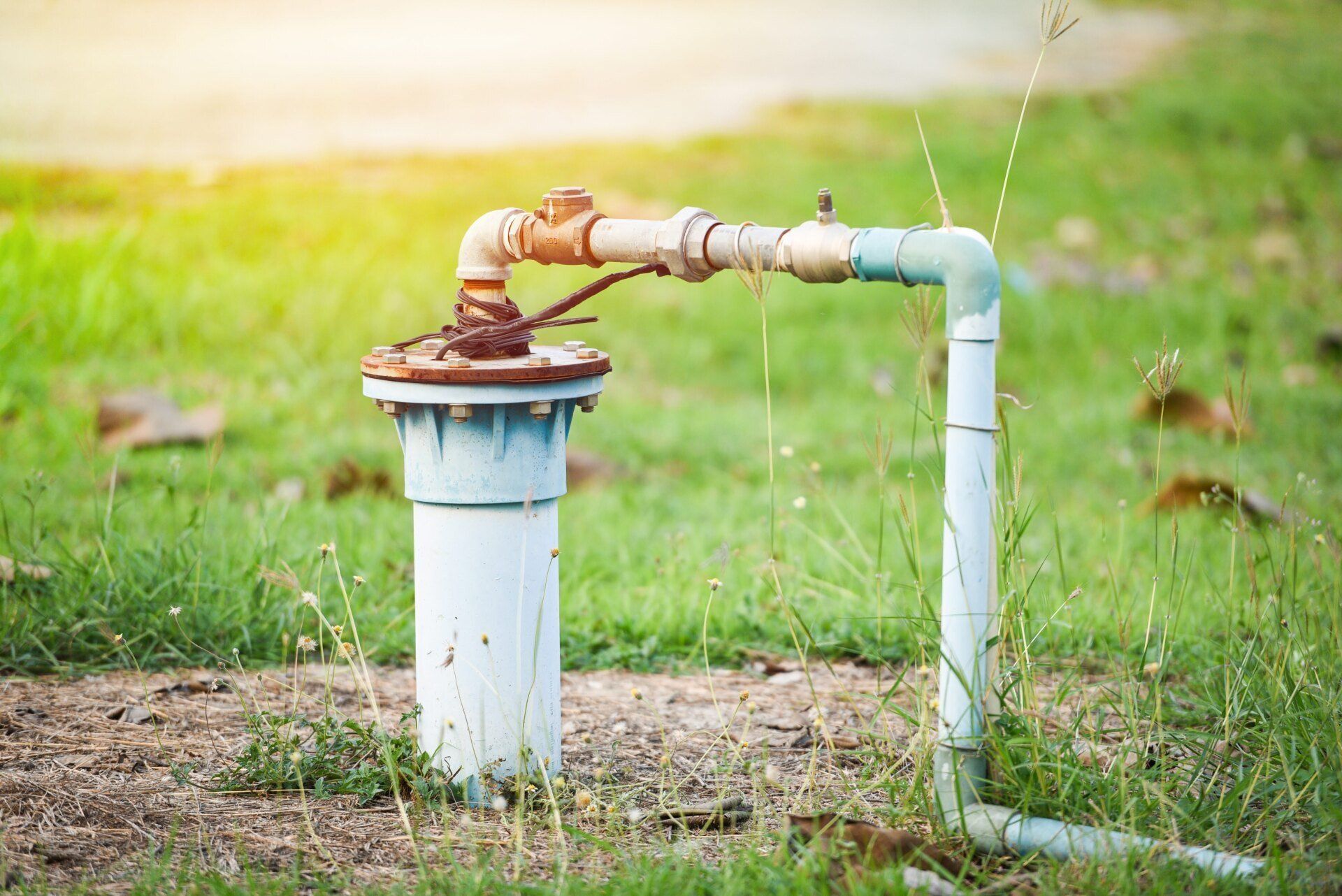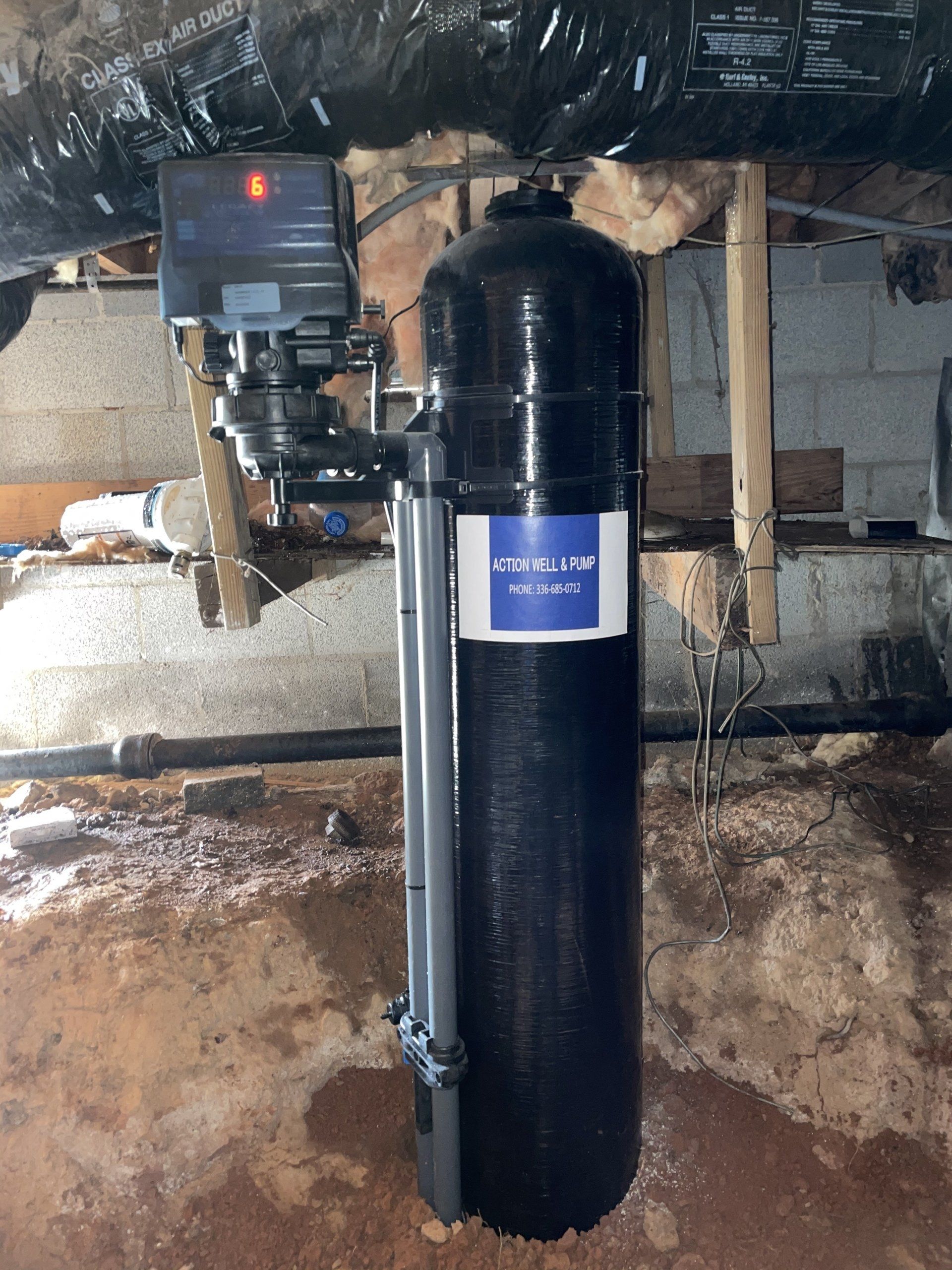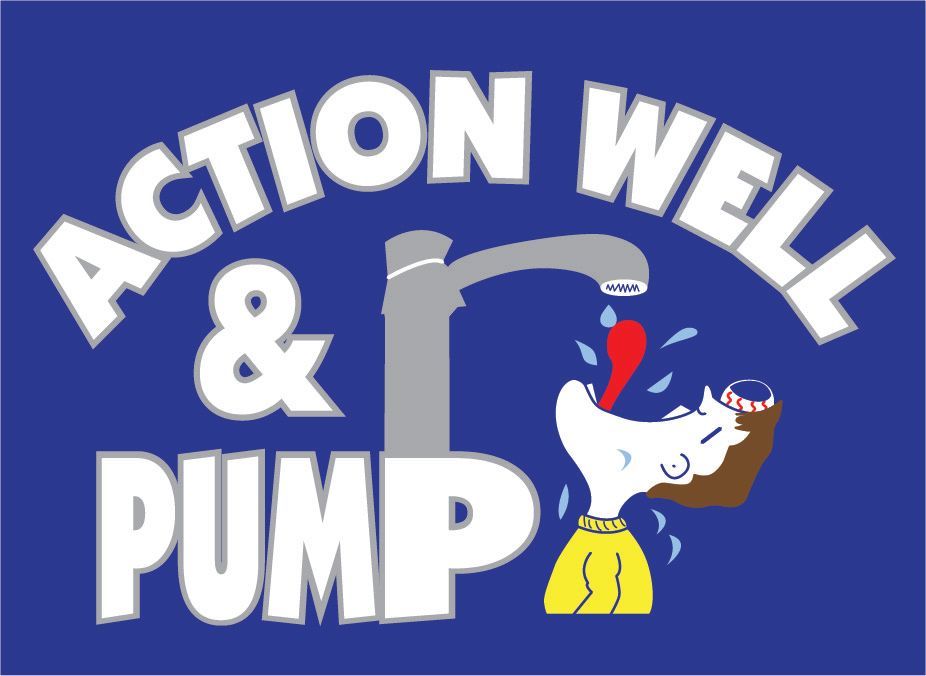
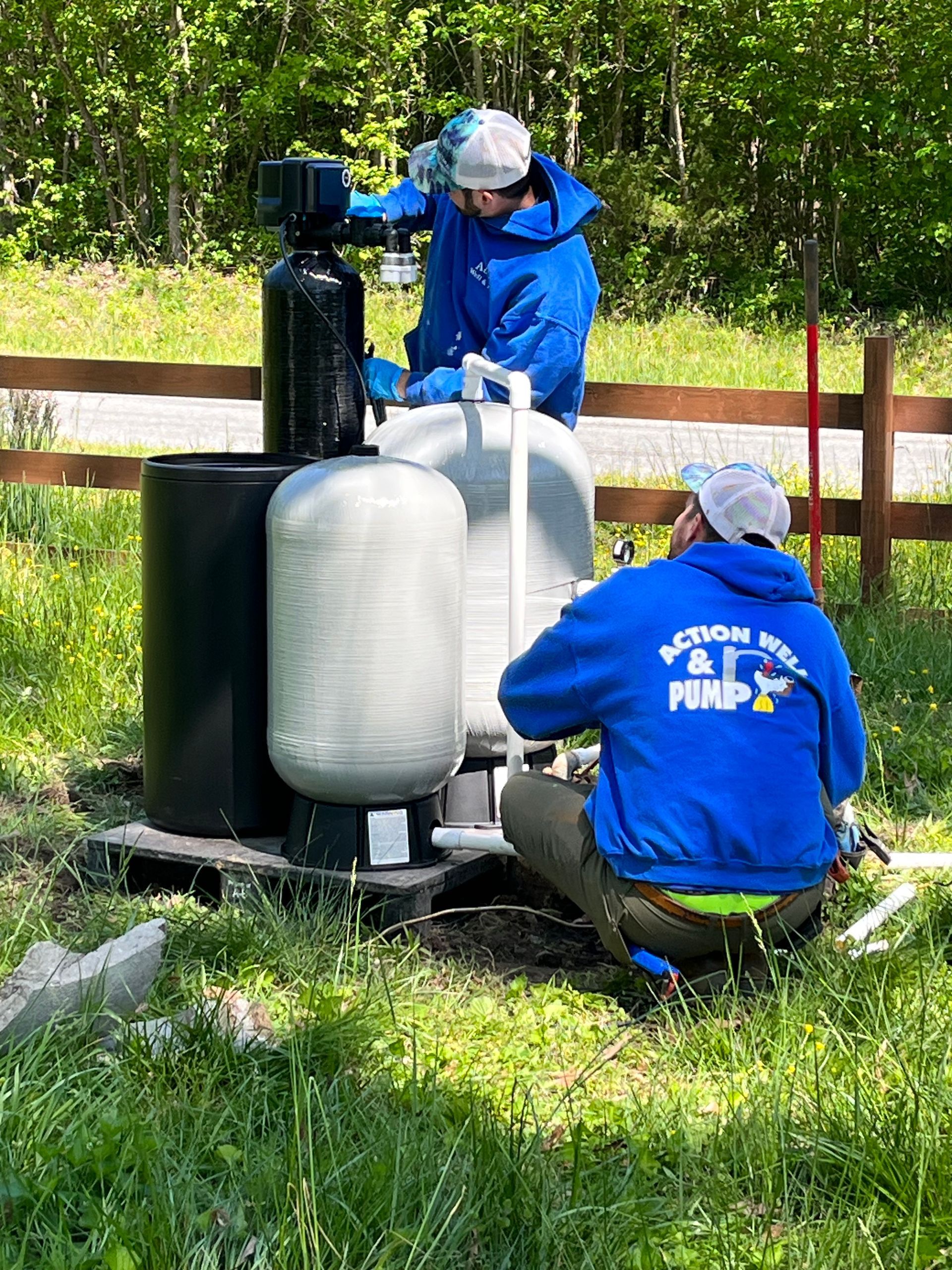
Locally Owned For Over 30 years Providing Excellent Service
Well Repair, Well Pump Repair, Pressurized Bladder Tanks, All Types Of Water Filtration
How Can You Restore an Unused Well?
Most homes with well water rely on their wells daily, but there are several reasons why a well may go unused. Long-term renovation, such as after a fire or other serious disaster, can lead to a well remaining idle for months or longer. Or, if you purchase a home that was left sitting on the market for years, then you may be inheriting a well that's been out of use for quite some time.
As with any piece of old home equipment, your well requires some special considerations before you can bring it back online. This article will outline the essential steps to take before you start pumping water from an old, unused well.
Assess the Wellhead's Physical Condition
Before beginning, assess the physical condition of the wellhead. If you are purchasing a home, then it is crucial to perform this evaluation before closing the sale. The reason the well was left idle can also provide some clues to its current state. Was the well abandoned? Has the home been unoccupied? How long has the well been out of operation?
From the surface, it can be challenging to perform an in-depth assessment. Focus on the overall condition of the exposed casing, cap, and any nearby piping or electrical conduit. You should consider excessive corrosion on either the casing or conduits a sign of trouble. Likewise, the casing should extend above the ground by at least one foot.
A well that has gone unmaintained for some time may have issues with the cap no longer sealing correctly or with dirt or vegetation build-up. The well cap provides a crucial barrier against surface-level contaminants entering the well, so note any issues with the seal before bringing the well back into service.
Address any physical issues with the wellhead before moving on with service restoration.
Perform a Water Quality Inspection
After checking and restoring your wellhead, it's time to test your water. Your well's casing and cap provide a seal that prevents surface-level contaminants from entering the groundwater. If a well has been unmaintained for some time, then pollutants may have penetrated this barrier. Testing the water quality of any unused well is essential to ensure that it is safe and healthy.
If there are signs of contamination despite an intact wellhead seal, then it may be necessary to conduct a downhole inspection. This detailed inspection uses a camera with a flexible wire to inspect the interior condition of the casing. Depending on how long the well has been inactive, it may be advisable to conduct a downhole inspection even if the water quality tests do not show any issues.
Inspect and Test All Equipment
Finally, it's time to run your pump and ensure that everything is in working order. If you have disabled power at the breaker (or fuse) box, then it's a good idea to inspect all connections before restoring electricity. If present, check the above-ground pump for visible signs of damage. Inspect the pressure tank for corrosion and other issues.
Note that the procedure for thoroughly checking a pressure tank can be complicated. If you decide to perform this work yourself, always shut off power first and drain the tank. If you are unsure of the age or condition of the tank, then it is highly advisable to have a professional perform this service. A faulty pressure tank or pressure switch can prevent the entire system from operating.
No matter the reason that your well has been left idle, Action Well and Pump can bring it back into service. We can help you to assess, test, and repair your well equipment as needed. Contact us todayto restore clean and fresh water to your home.